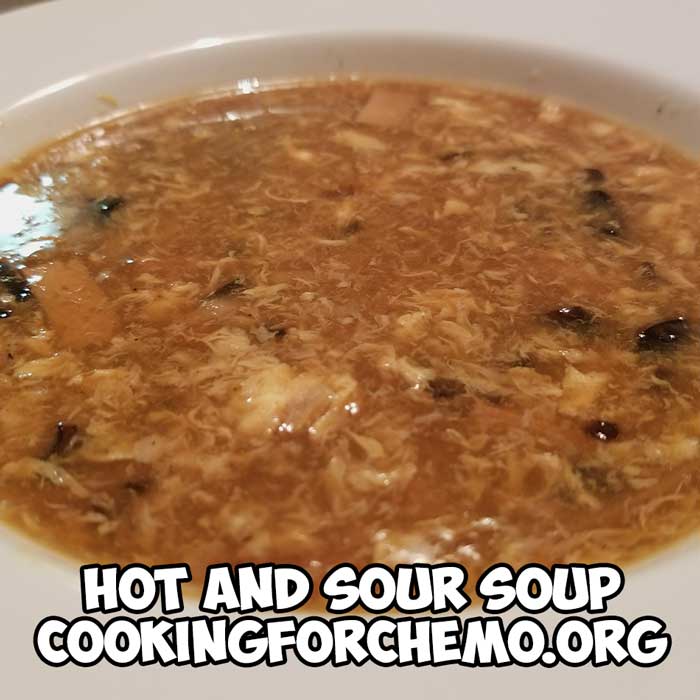Dysphagia or Trouble Swallowing Food

Dysphagia is an inability to chew or swallow that usually follows forms of head and neck cancer such as throat cancer, thyroid cancer, jaw cancer, oral cancer, salivary gland cancer and others. The very first cooking question that I was ever asked in regards to cancer was about how to combat this problem. So, I feel it is very appropriate to include this information on my website and in my book just in case you find yourself in this situation.
Feeding a person who has difficulty chewing or swallowing may seem like an overwhelming task. But the great news is, we can fix this! The primary problems are usually lack of teeth, change in taste, and lack of saliva. What I would recommend are the following: soups, smoothies, and purees.
Compensate for Dysphagia Using Purees
A puree is exactly what it sounds like. It is a fully cooked recipe introduced to a blender and liquefied. The good news is a puree tastes exactly like whatever food it is made out of. So, let’s use baked potato soup for an example. You would make the baked potato soup as normal, which would normally be filled with big chunks of potato, bacon, and a hearty cream sauce.
At this point, what you would do is either:
1. Use an immersion blender and puree the food inside of the pot. (like a marinara) or
2. You remove some of the soup from the pot. Add it to an external blender. Then blend.
Two great things about purees are that:
1. They taste exactly like whatever you made them out of.
2. You can alter the consistency.
If your loved one is getting a bit of dry mouth, or has had their salivary glands removed, we can always add excess liquid to the puree to make it more liquidy. The excess liquid in the dish will make up for the lack of saliva. Dysphagia can be made worse by a lack of salivary glands. The trick to this though, is not to lose flavor while you are thinning your meal. You still want it to taste good!
Best Liquid to Use
My advice on this would be to use whichever of the following ingredients is most appropriate in order to add liquid and moisten the recipe:
chicken broth
beef broth
vegetable broth
cream or whole milk
and other flavorful fluids that are similar to the food you are preparing
Always exchange like for like. IE: milk for cream, chicken broth for water, tomato sauce for tomato juice etc. As long as you follow the Roundness of Flavor techniques, you will end up with a flavorful product that is very satisfying.
One last thing about purees. They can also be served hot or cold. Gazpacho is a perfect example of a cold puree. Purees were actually a very fancy way of preparing soups and side dishes in the early 1900’s. Pulverizing a food product was thought to make digestion easier since it did not require any chewing. But it still maintained all of its nutritional value and fiber. There are tons of classical recipes for purees. You just might have to do some digging to find some recipes that you like.
The big key difference between a puree and baby food is adult flavor. Follow the Roundness of Flavor and Palate Cleansing techniques found in these linked articles, and you should have absolutely no trouble with this technique.
Roundness of Flavor Techniques